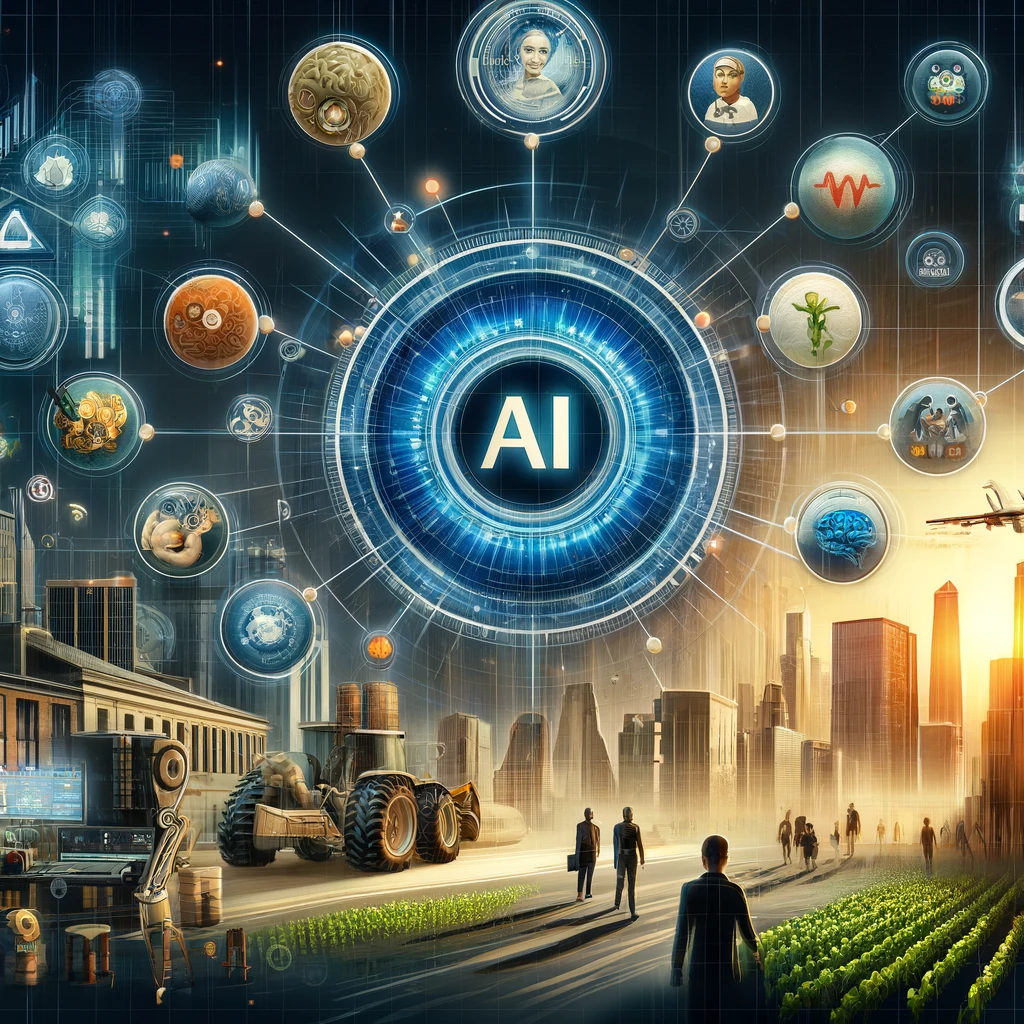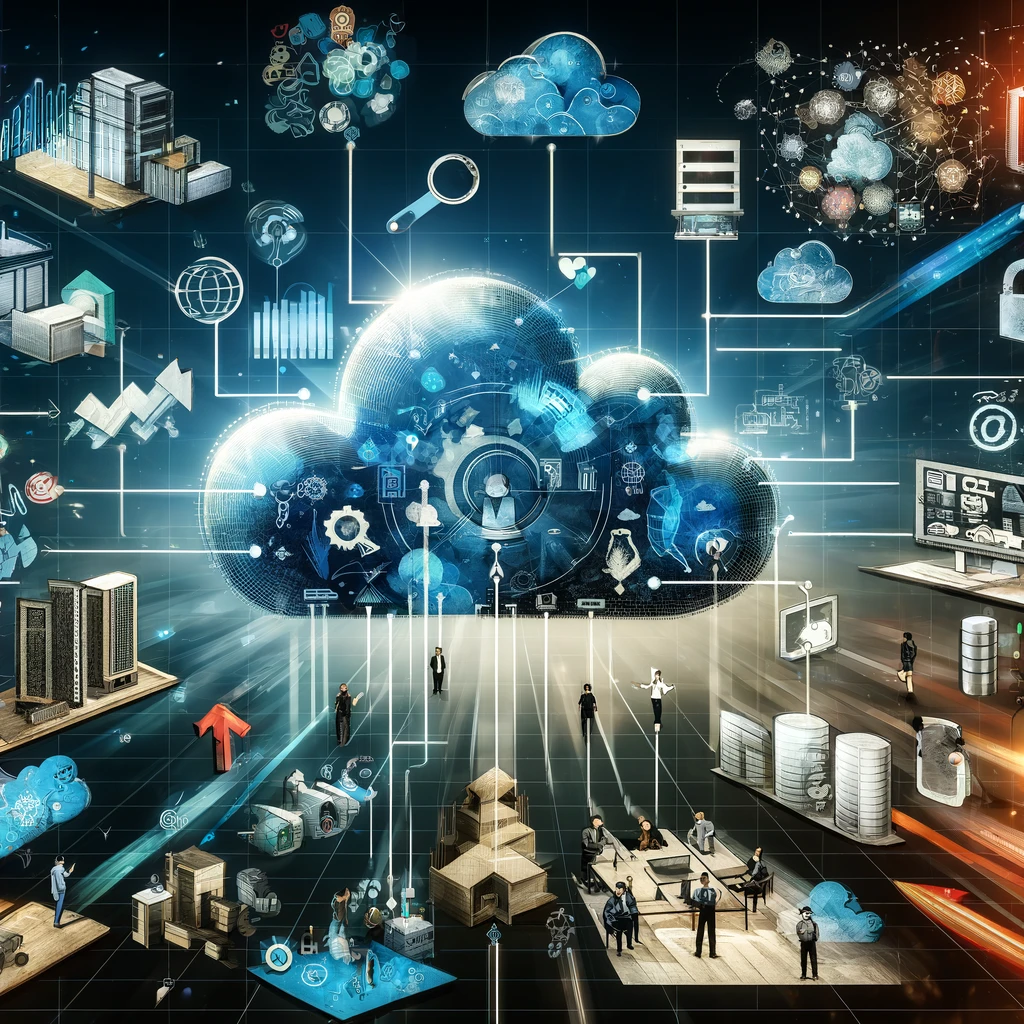Digital Transformation in Public Services
Digital transformation in public services has revolutionized the way governments interact with citizens, offering increased efficiency, transparency, and accessibility. This article explores the various facets of digital transformation in India, including key e-governance initiatives, challenges in digital infrastructure, the role of artificial intelligence, data privacy concerns, and the future of digital identity.
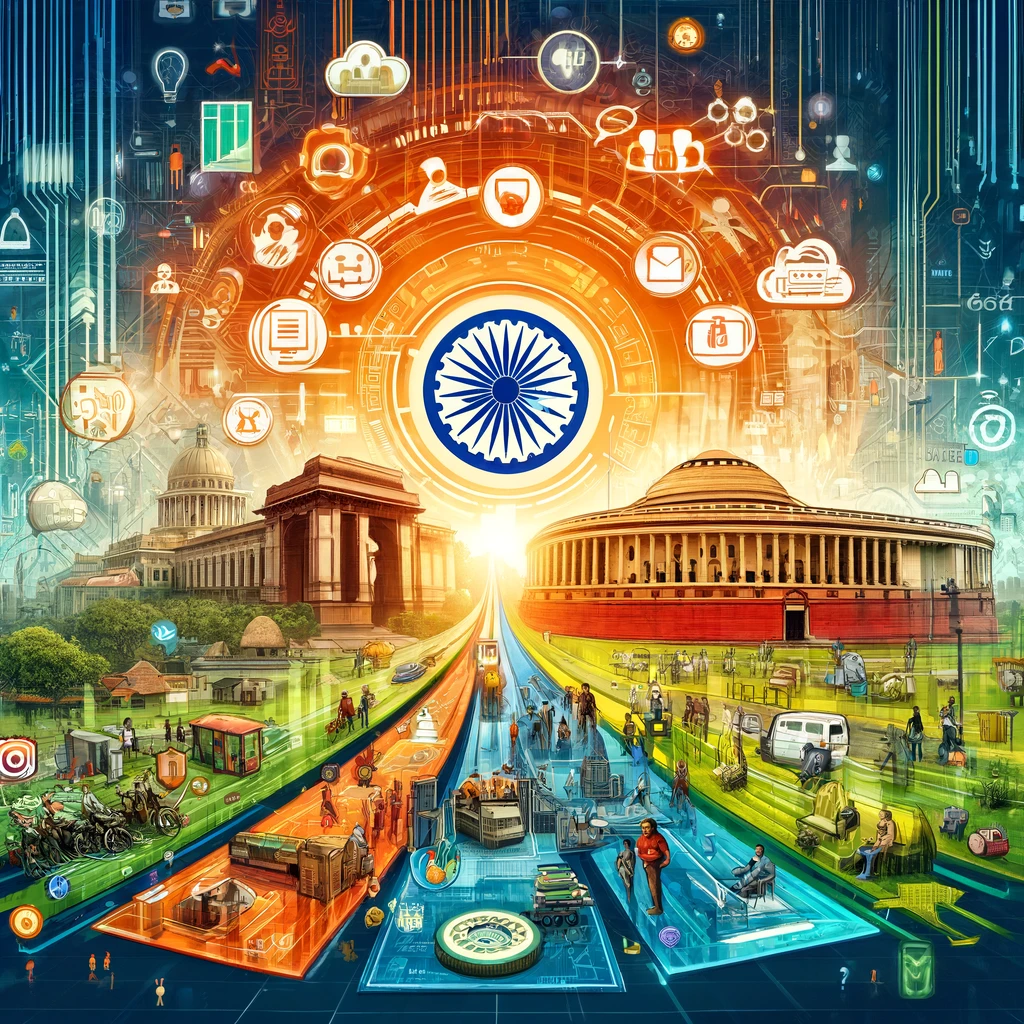
1. E-Governance Initiatives in India
1.1 Digital India Initiative:
Launched in 2015, the Digital India initiative aims to transform India into a digitally empowered society and knowledge economy. The program focuses on three core components: digital infrastructure, digital services, and digital literacy.
Key Components:
- BharatNet: A project to connect all 250,000 Gram Panchayats in India with high-speed internet. As of 2022, BharatNet had connected over 150,000 Gram Panchayats.
- Common Service Centres (CSCs): CSCs are facilities that provide digital access points for delivering public utility services, healthcare, and education in rural areas. There are over 400,000 CSCs across India, providing services like banking, insurance, and telemedicine.
- MyGov: A citizen engagement platform that allows users to contribute ideas and feedback on government policies and programs.
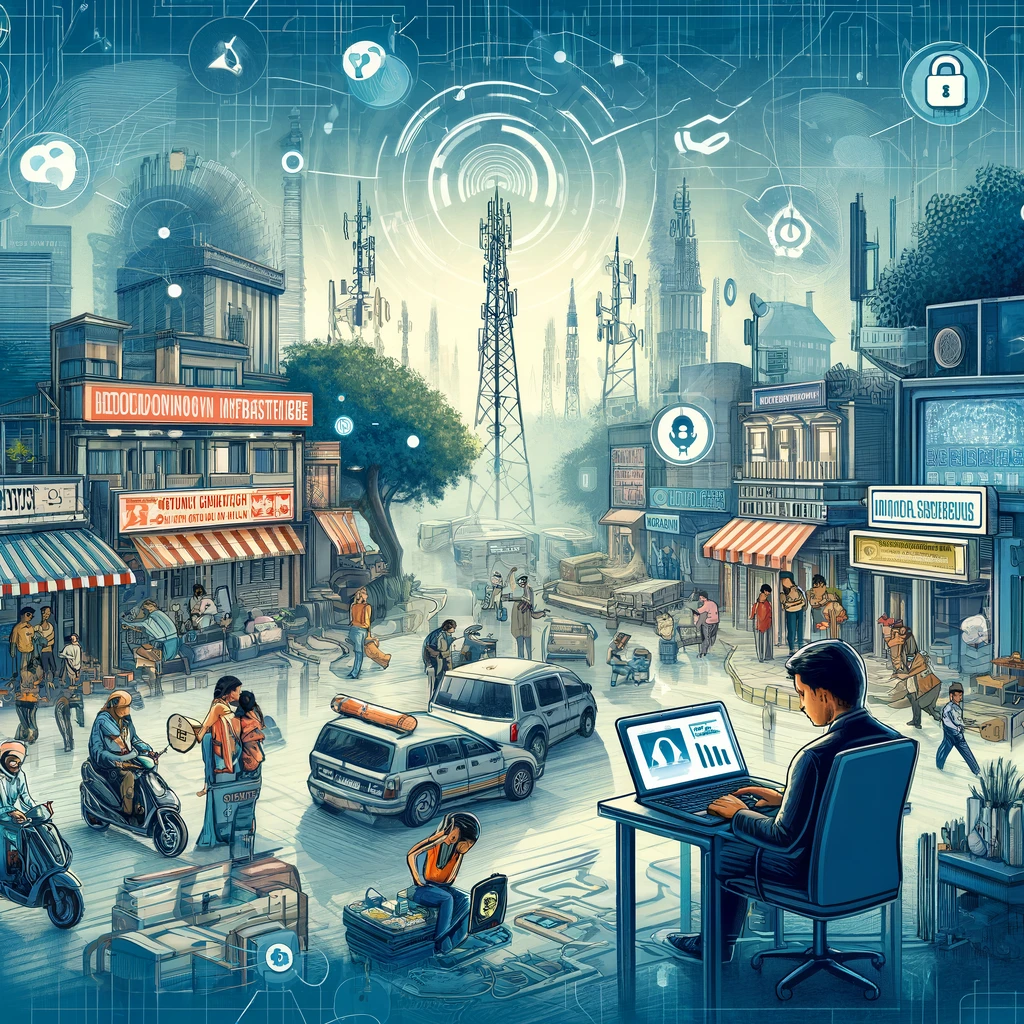
Impact on Governance and Public Services:
- Improved Accessibility: Digital platforms have made government services more accessible to citizens, particularly in remote and rural areas. Services like filing taxes, applying for licenses, and accessing welfare schemes can now be done online.
- Enhanced Transparency: E-governance has increased transparency by providing citizens with direct access to information and reducing opportunities for corruption. For example, the Public Financial Management System (PFMS) ensures real-time monitoring of government expenditure.
- Efficiency and Cost Savings: Digital initiatives have streamlined government processes, reducing paperwork and processing times, leading to cost savings and increased efficiency. The Government e-Marketplace (GeM) has facilitated government procurement, saving an estimated ₹40,000 crores as of 2021.
1.2 UMANG (Unified Mobile Application for New-age Governance):
UMANG is a mobile app launched in 2017 that integrates various government services into a single platform, allowing citizens to access over 1,200 services from central and state governments.
Key Features:
- Single Platform: UMANG provides a one-stop solution for accessing multiple government services, including passport application, EPFO services, and utility bill payments.
- User-Friendly: The app is designed to be user-friendly, with features like language support and integration with other digital identity platforms like Aadhaar.
Impact on Public Services:
- Convenience: Citizens can access government services anytime, anywhere, using their smartphones, leading to greater convenience and time savings.
- Increased Adoption: The app has seen significant adoption, with over 3.7 million downloads and 250 million transactions as of 2021.
2. Challenges in Digital Infrastructure
2.1 Connectivity Issues:
Despite significant progress, digital infrastructure in India faces several challenges that hinder the full realization of digital transformation goals.
Key Issues:
- Rural Connectivity: While urban areas enjoy relatively high internet penetration, rural areas lag, with only about 37% internet penetration compared to 66% in urban areas as of 2020.
- Network Quality: Even in connected areas, the quality of network services varies, with issues like low bandwidth and frequent outages affecting user experience.
2.2 Cybersecurity Concerns:
With the expansion of digital services, cybersecurity has become a critical concern.
Key Issues:
- Data Breaches: The rise in digital transactions and online services has led to an increase in cyberattacks, with India experiencing over 1.16 million cyber incidents in 2020 alone.
- Lack of Awareness: Many users lack awareness of basic cybersecurity practices, making them vulnerable to phishing attacks and online fraud.
2.3 Digital Literacy:
Digital literacy is essential for citizens to effectively use e-governance services.
Key Issues:
- Education Gaps: Despite initiatives like the Pradhan Mantri Gramin Digital Saksharta Abhiyan (PMGDISHA), which aims to make 60 million rural adults digitally literate, there remains a significant gap, with only 32% of the population reported to be digitally literate in 2020.
- Inclusivity: Digital literacy programs need to be more inclusive, targeting marginalized groups such as the elderly, women, and people with disabilities.
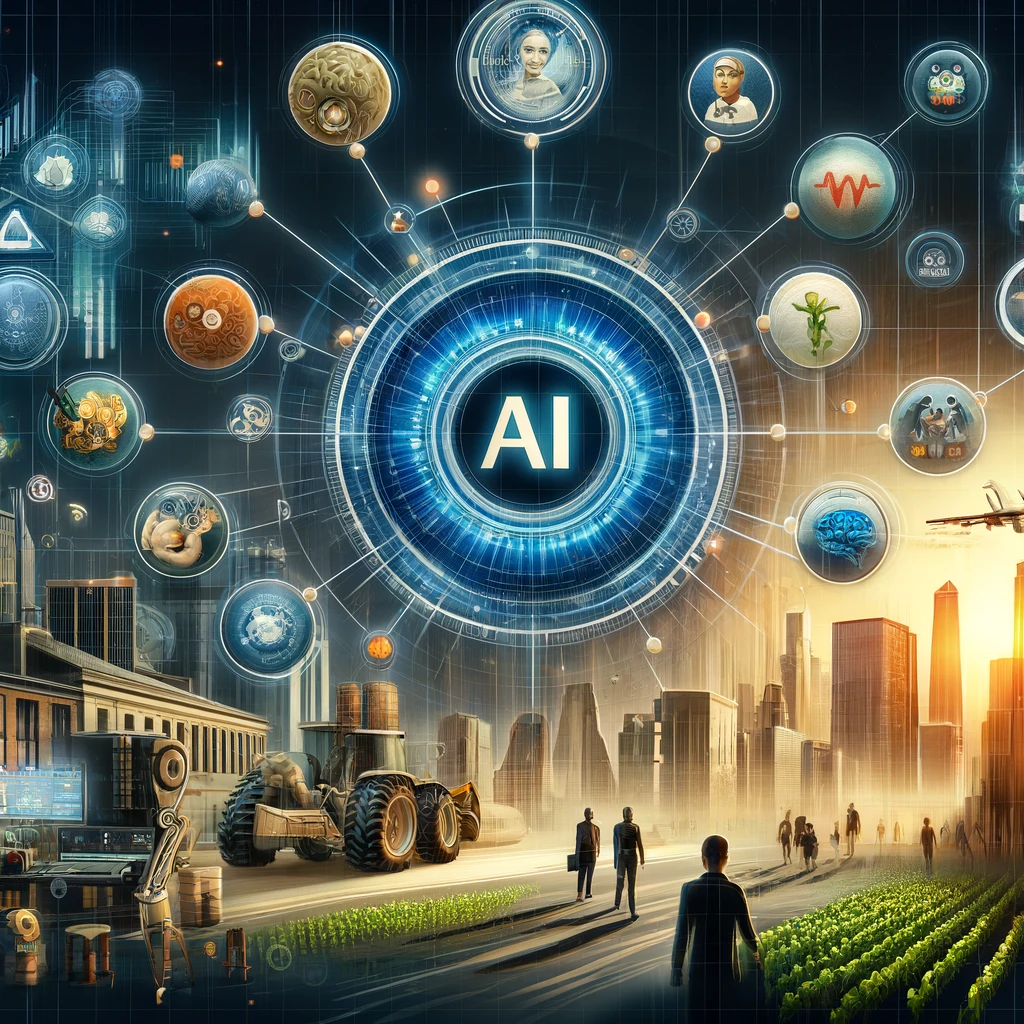
3. Role of Artificial Intelligence in Public Services
3.1 AI in Healthcare:
Artificial Intelligence (AI) has the potential to transform public services, especially in critical sectors like healthcare.
Applications:
- Disease Prediction: AI algorithms can analyze large datasets to predict disease outbreaks and patient health trends. For example, the Indian government’s Integrated Disease Surveillance Programme (IDSP) uses AI to monitor and respond to health threats.
- Telemedicine: AI-powered platforms, such as eSanjeevani, provide telemedicine services, enabling remote consultations and reducing the burden on healthcare facilities.
3.2 AI in Agriculture:
AI applications in agriculture can enhance productivity and sustainability.
Applications:
- Crop Monitoring: AI-powered drones and satellite imagery are used to monitor crop health, soil conditions, and weather patterns, helping farmers make data-driven decisions.
- Pest Control: AI-based models predict pest outbreaks and recommend timely interventions, reducing crop losses and improving yields.
3.3 AI in Education:
AI can improve access to quality education and personalize learning experiences.
Applications:
- Adaptive Learning: AI-driven educational platforms, like BYJU’S, provide personalized learning experiences by adapting content based on individual student performance.
- Administrative Efficiency: AI can streamline administrative tasks, such as grading and attendance tracking, allowing educators to focus more on teaching.
4. Data Privacy and Security
4.1 Importance of Data Protection:
As digital transformation progresses, protecting personal data becomes crucial to maintaining trust and ensuring the security of digital services.

Key Aspects:
- Personal Data Protection Bill (PDPB): India’s PDPB, proposed in 2019, aims to establish a comprehensive framework for data protection, ensuring that personal data is collected, processed, and stored securely, with user consent and rights protected.
- Data Localization: The bill mandates that critical personal data must be stored within India, enhancing security and control over sensitive information.
4.2 Challenges in Implementation:
- Compliance Costs: Implementing robust data protection measures can be costly for businesses, especially small and medium enterprises (SMEs).
- Enforcement Mechanisms: Effective enforcement of data protection laws requires a well-resourced and empowered regulatory authority.
5. Future of Digital Identity
5.1 Aadhaar Initiative:
Aadhaar, launched in 2009, is the world’s largest biometric-based digital identity system, providing a unique identification number to over 1.2 billion residents of India.
Key Features:
- Universal Identity: Aadhaar serves as a universal identity for residents, facilitating access to government services, financial inclusion, and social welfare schemes.
- Authentication Services: Aadhaar enables electronic Know Your Customer (e-KYC) and authentication services, streamlining processes for banking, telecom, and other sectors.
Impact and Challenges:
- Impact: Aadhaar has significantly reduced fraud in welfare schemes and improved service delivery efficiency. For example, the Direct Benefit Transfer (DBT) system has saved over ₹1.78 lakh crores by eliminating ghost beneficiaries.
- Challenges: Issues like privacy concerns, data breaches, and exclusion of marginalized groups need to be addressed to ensure the system’s robustness and inclusivity.
5.2 Future Prospects:
- Integration with Other Services: Aadhaar is set to be integrated with more services, such as health records and educational certificates, providing a comprehensive digital identity platform.
- Global Model: India’s experience with Aadhaar could serve as a model for other countries looking to implement universal digital identity systems.
Conclusion
Digital transformation in public services is a cornerstone of modern governance, offering numerous benefits in terms of efficiency, accessibility, and transparency. However, it also presents challenges that need to be addressed to ensure its successful implementation. For UPSC aspirants, understanding these developments is crucial for comprehending the evolving landscape of governance and public administration in India.

